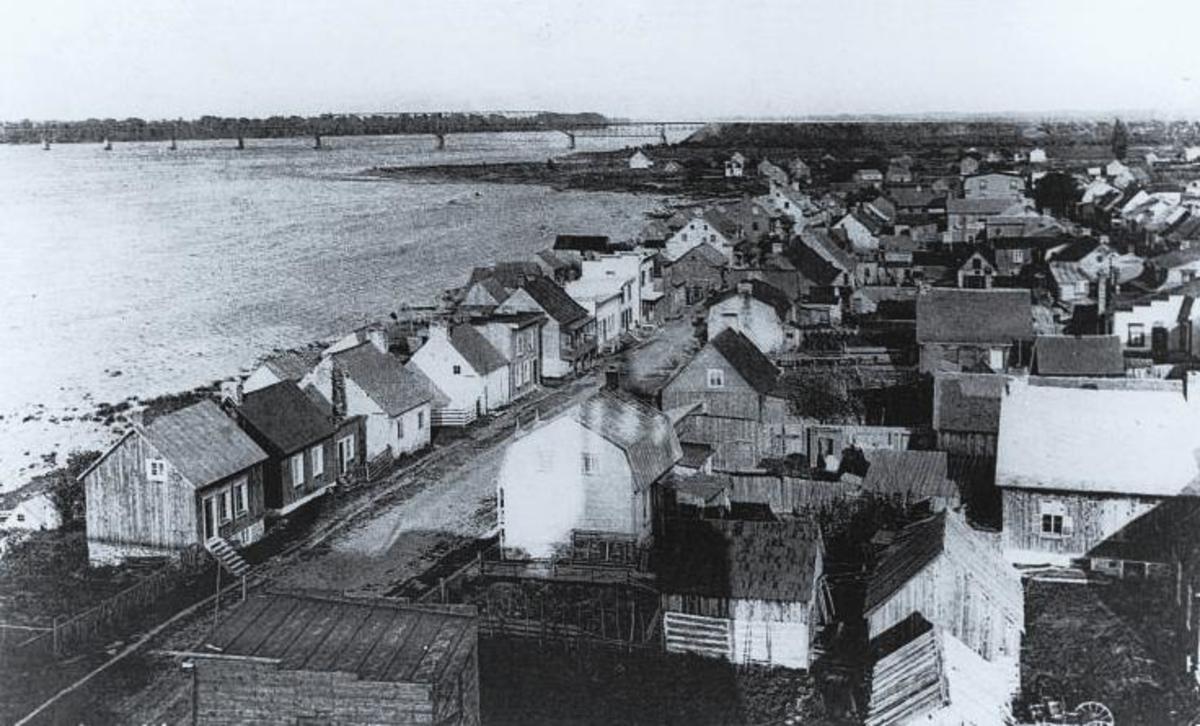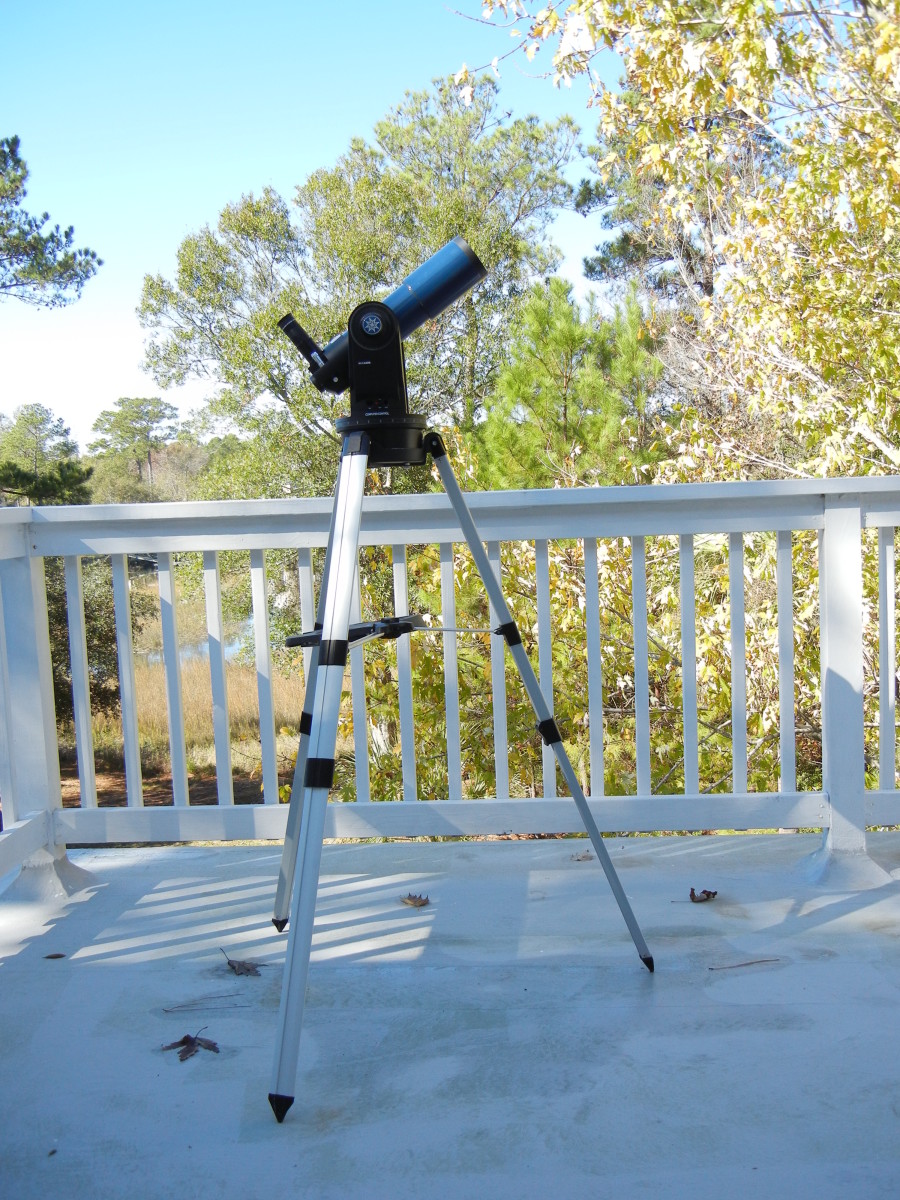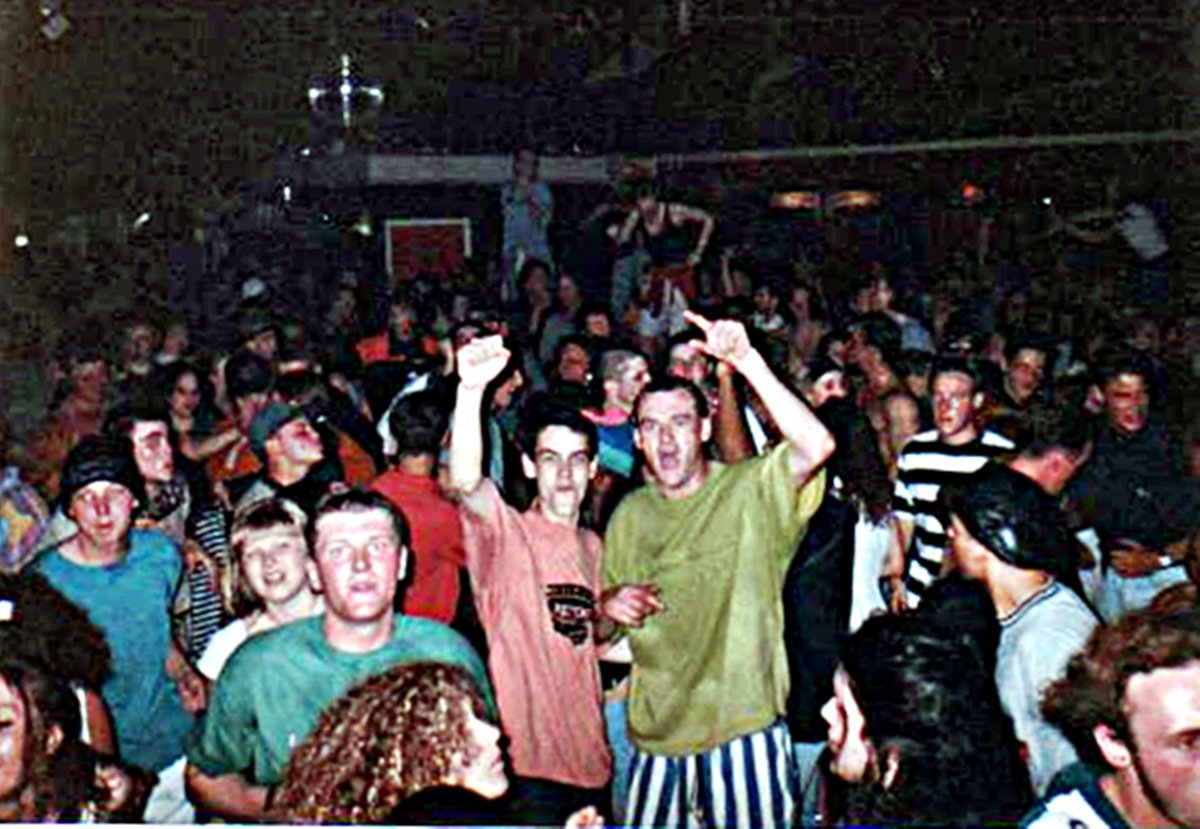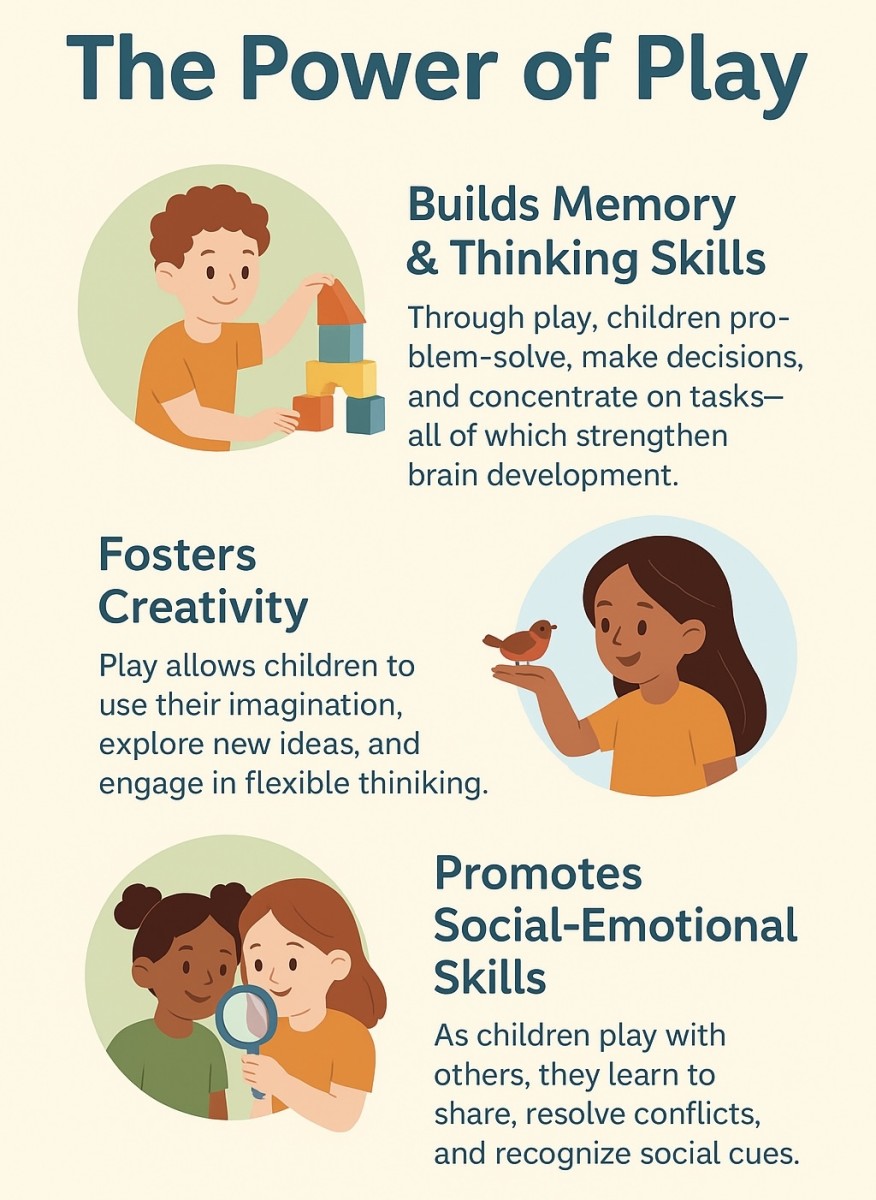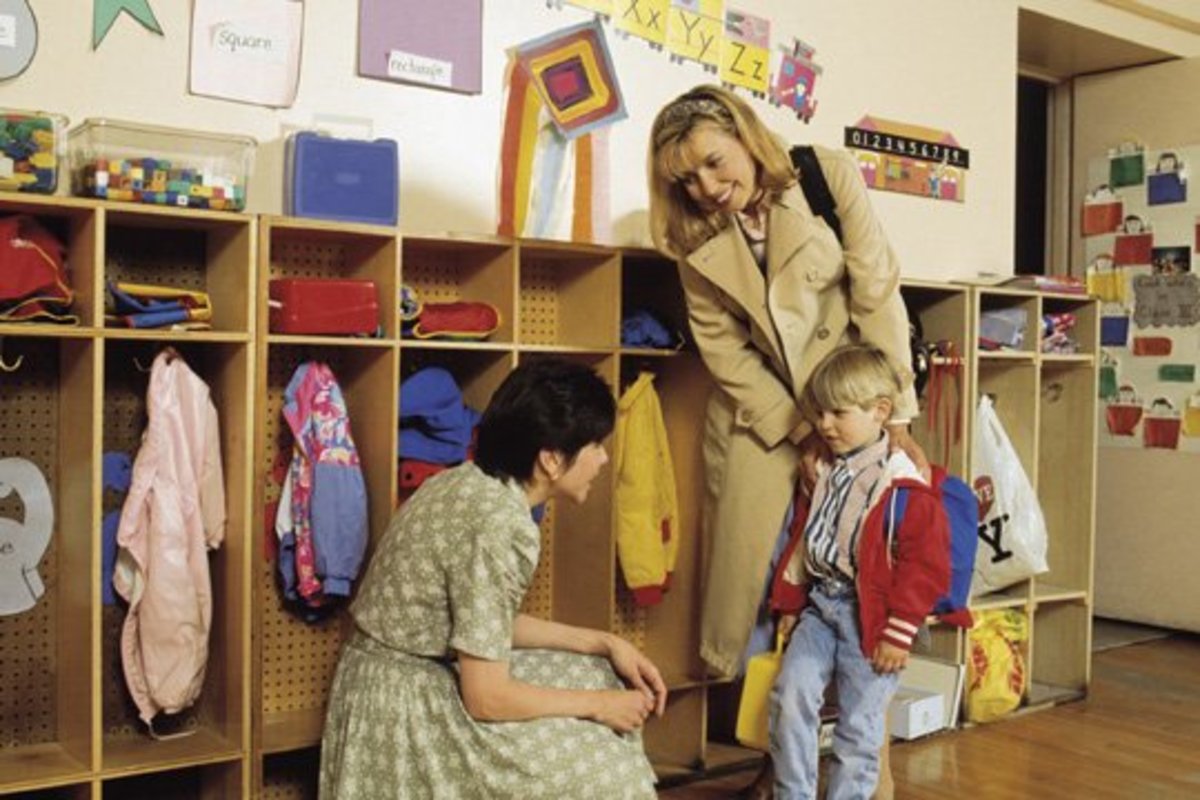A Saturday afternoon project.
Let's get some work done
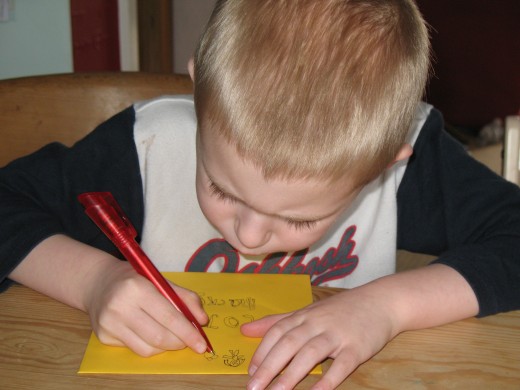
The idea I'm going to chat to you about today is still in the planning stage. We put the plan into action this weekend, and it's going to be fantastic.
This afternoon I bought some essentials for a long-term Saturday afternoon activity that we've been thinking about for a few months. But since the summer really is over now, and friends and family look to be settling in for their Winter hibernation, we have no more excuses for putting off our big project.
We are going to learn about the world and about our world's place in the Universe. And we are going to make collages to show what we've discovered.
If anyone wants to play along with a project of their own, please feel free. And share the results in photo form. If you want to join in (whether you have young children or not - nothing wrong with adults expressing themselves through crafts!), there are some things that you will need.
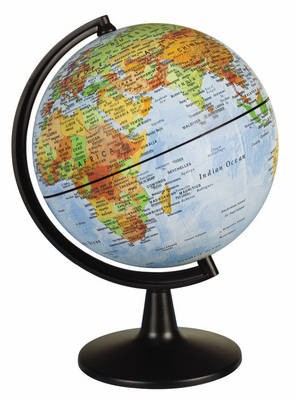
List of Materials:
- Big paper or card. I have chosen A1 (841 x 594 mm), 130g/m2, but you can go bigger or smaller, it's up to you. Perhaps your choice will depend on the number of people involved in the project - more contributors will require more space.
- Encyclopaedias. We are lucky in our house, because we have collected a good number of decent reference books, all with excellent graphics and photographs. It is a nice idea to use these books for information, rather than the internet, because children will be learning about computers just plenty at school. It is absolutely none of my business what anyone else chooses to do, but I am trying to encourage a love of books in my children, and this will hopefully help to boost their already keen interest.
- Coloured paper. We don't know what we might need this for yet, but coloured paper is always a good thing to have a supply of when working on some kind of collage.
- Pens/pencils/crayons/paints/inks. A collage cannot even be started without some, if not all, of these tools. Collages tend to look better, and have more interest in them, if they have been created using a wide range of media. This project will an ideal opportunity to teach children about different techniques that can be applied to a piece of artwork. (I'm not really an artist, so I will talk more about those kinds of things once I've explored them some more.)
- Glue. Glue. Glue. I've invested in a good bottle of PVA, as this is likely to stick forever. Glue sticks are okay, but after a while the glue completely dries out and the stuck on things begin to fall off. Sticky tape is the same, only worse, because it goes yellow over time too. There may be some crumpling of the paper when PVA is used, but this often disappears once the glue has dried - only a thin scraping of PVA is needed for this kind of project.
- A computer and a printer. These things will be useful for printing photos. Photos will enhance the project, but are not necessary. If your children (or you) are very talented at drawing then you may not want to devalue your work with something so uncreative as a photograph. But for those of us who are only 7 or under, or those who lack the artistic skills, a photograph could save the whole piece. Photographs can be used with imagination - you don't have to just cut them out and stick them on, all plain and square. Try different things: cutting around the subject and mounting them on some of the coloured card; cutting the edges with those wiffly shaped scissors; picking out some of the details with glitter glue; annotating and labelling, with marker pen, to point out items of interest. If you don't have a printer, or a computer, you could use the good old-fashioned technique of cutting pictures out of magazines and catalogues, or from food packets etc..
- Glitter (either loose, or in glue form). You might not need it, but it's handy to have, just incase! Glitter rules, and we should all use more glitter. Life isn't glittery enough, if you ask me.
- Dried food. I mean for this to be stuck on, either in little packets, or just glued straight onto the paper. Pasta, rice, teabags, grains of coffee or sugar (these will need to be in airtight packets I would have thought, so that there is no risk of them dissolving or running and making a mess of your project).
- Imagination. This is an absolute necessity for this kind of project. We all have it. I thought that I didn't have any, but I started to exercise my brain and found that I had quite a lot. It's there, buried quite deep in the white matter of the brain sometimes, but there nonetheless. Don't think about it too much, just experiment! Thinking too much will guarantee that you end up doing nothing. Just get sticking and writing and having fun.
First of all we will be looking at Space. You can choose whatever you like. On Saturday afternoon, myself, my long-suffering partner, and our three sons will be getting our hands on our reference books and finding out all we can about our solar system. Now then, we have a slight advantage here, in that me and partner already know quite a lot about our solar system - more than our kids at any rate - so we should have plenty of ideas for what to cover our big sheet of A1 with. I foresee some big planets cut out of coloured paper, and some dirt and little stones from the garden being glued to the giant piece of paper. But the idea is not to completely dictate what goes onto the paper - the children will start to come up with excellent ideas of their own if they're given some space.
I will try to encourage them to do as much of the work themselves as possible - children's work ALWAYS looks better when it hasn't been sullied by the writing or drawing of an adult. Try to resist the urge to correct any mistakes that they make, or to tell them that what they're doing isn't quite right. These projects are as much a time capsule as anything else, and in them, in years to come, you will be able to see your children at the age that they worked on them. The idea is not to create something flawless and perfect - that would take all of the fun out of it. Fun is the key. Learning through fun play is much easier, and much more long lasting. If the children are enjoying themselves then the information you talk about as you are colouring and gluing is much more likely to stick in their minds.
Space will be first for us, as that is what my eldest son expressed an interest in learning more about. Perhaps we will take it in turns to choose the subject matter. But some ideas, incase you or your children are shy about suggesting any, or your minds draw a blank when you try to think of something:
Pick one particular planet to learn about
Pick a country to explore
Dinosaurs always get children's imaginations going
The seas and oceans - there's just so much to think about, this could fill several projects (have you seen The Blue Planet by the BBC and David Attenborough? Fantastic.)
The Human Body
Rainforests
Deserts
Mountains
Rivers
Caves
Any amount of animals - Big Cats, farm animals, birds, insects, domestic animals, fish, etc., etc.
Roads - that might sound rather dull, but it would certainly be educational. I bet there's a lot more to roads than you might think!
Food and cooking - you could do the project about food and learn lots, and then you could all make tea together that same evening: the perfect end to the perfect day, no?
Sports
I don't think I need to go on. There's a wealth of information to be had on every subject you care to think of. Why not have a go at learning about it with your children? See if you actually know more than them, or whether they can rhyme off more facts about the moons of Jupiter than you can.
HAVE FUN, LOTS AND LOTS OF FUN!
Incidentally, incase you were wondering, we are not planning to complete a full sheet of A1 all on one Saturday afternoon. We were rather thinking that each project might take a couple of weeks to complete, allowing lots of time for thinking and information gathering (yes, I know I said not to think too much, but I meant that in relation to the creative stuff - thinking about the facts and all that is fine.) This way, your children might be encouraged to talk to other people about your latest topic, and may well glean a little more information.
More hubs on this once we get going. Please let us know if you take up this little challenge.


